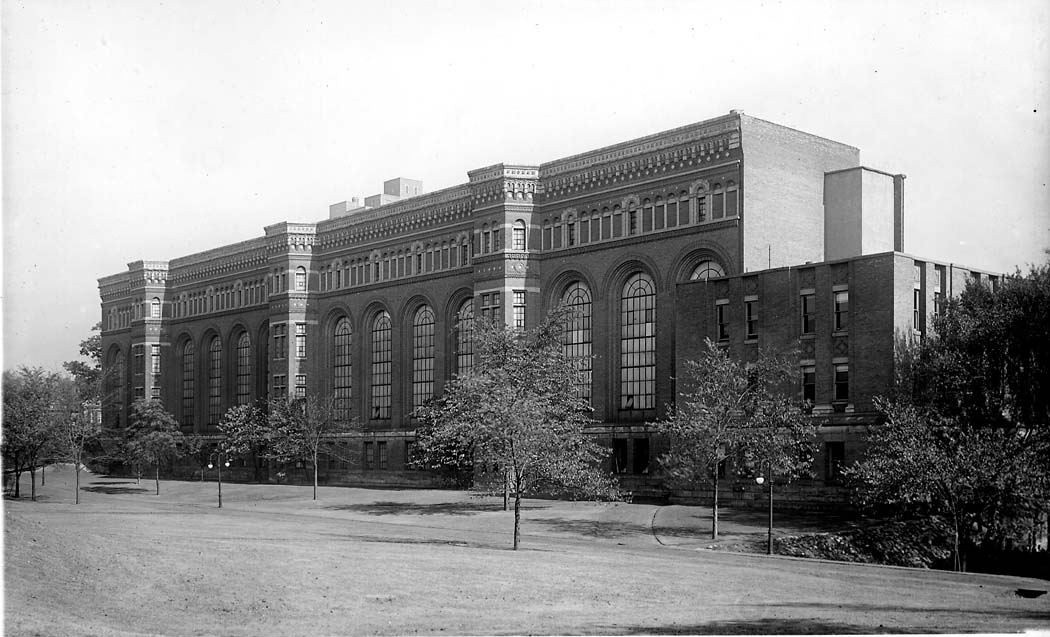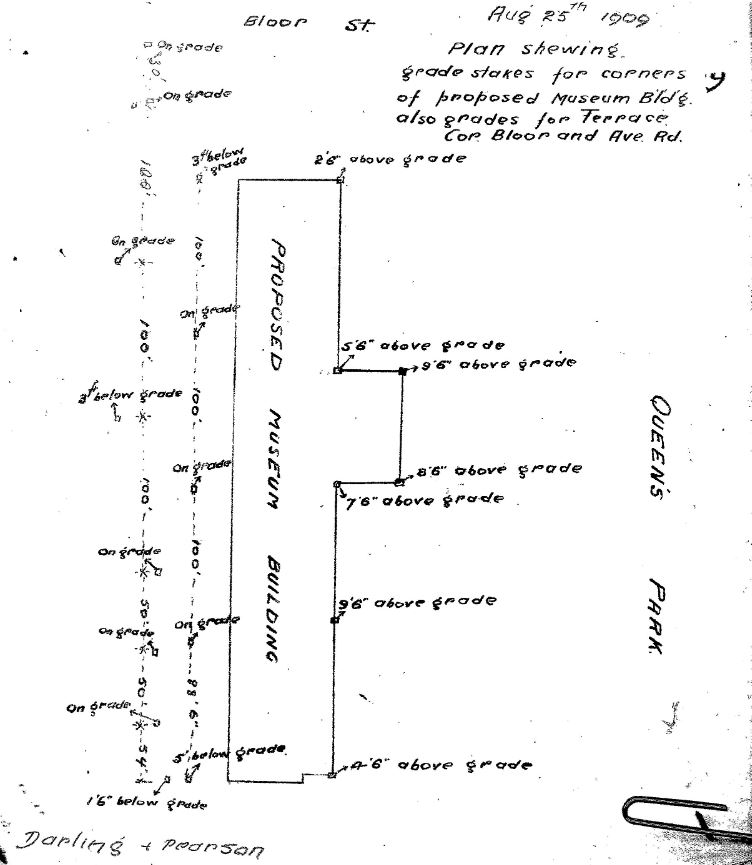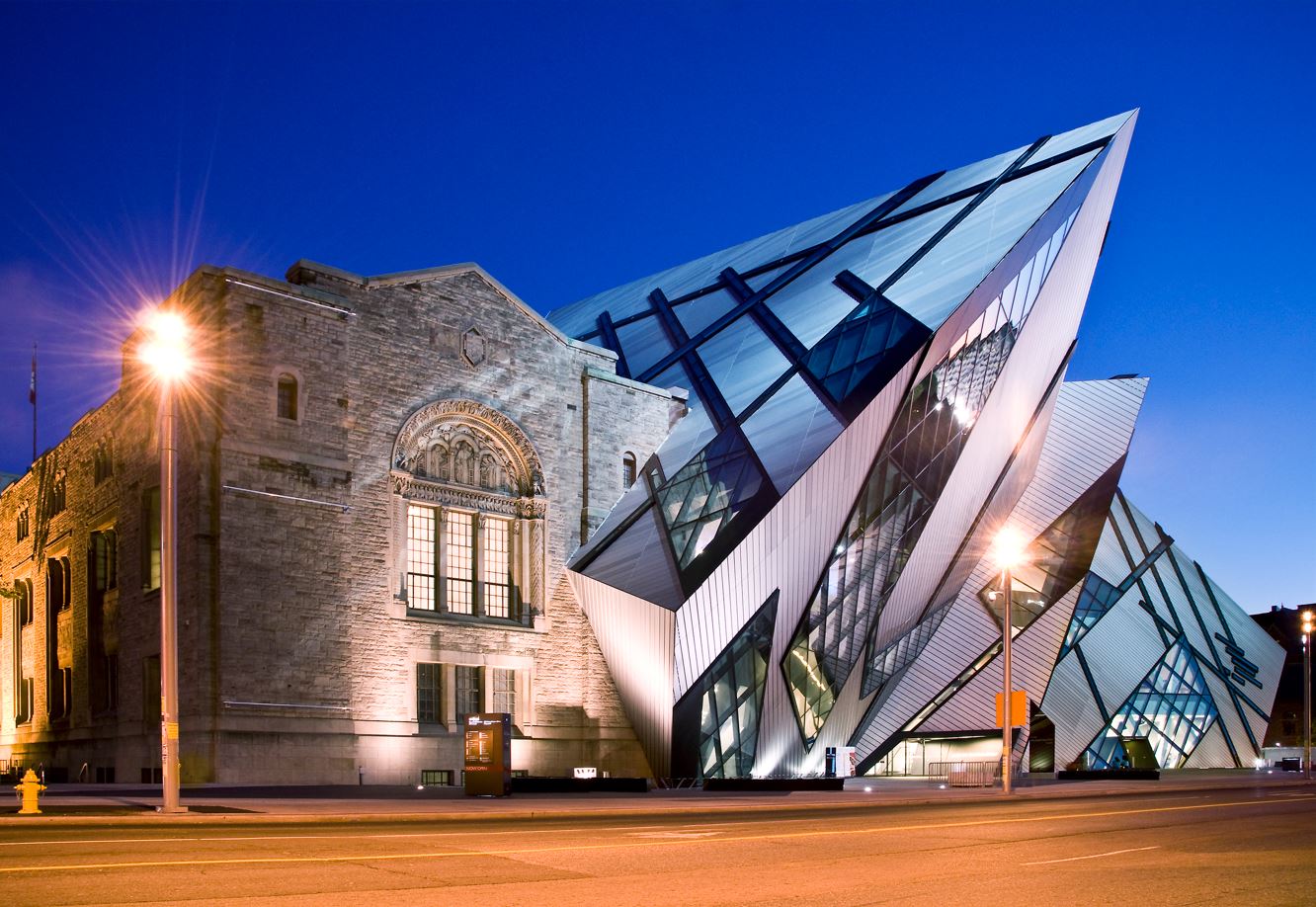The History, Expansion, and Modernization of the Royal Ontario Museum

As we continue to explore historic buildings and landmarks in Toronto, one place that remains unmatched in terms of its historic value is the Royal Ontario Museum, often referred to as the ROM.
Within the walls of one of Canada's largest museums is an endless collection of artifacts telling stories from all over the world that offer cultural and educational value.
Today, we will explore the evolution of the iconic building that houses these remarkable artifacts, tracing its journey from a visionary idea to becoming Canada's largest and perhaps, most significant museum. Institutions like the Royal Ontario Museum play a key role in shaping Toronto's reputation as a world-class city, attracting tourists and eager learners from around the globe.
 |
1909 - The ConceptThe Royal Ontario Museum was imagined by a small group of Torontonians who dreamed of creating a place to preserve historically significant items while creating a space for education and inspiring future generations to explore art, culture, and natural history. An added benefit would be to enrich the city of Toronto making it a cultural hub for residents and visitors near and far.
|
1912 - Original StructureThis survey, prepared by Speight Van Nostrand and dated March 5th, 1912, shows the completed building. On April 16th the ROM was created with the signing of the ROM Act in the Ontario Legislature. In this survey, we see a much smaller version of the Royal Ontario Museum, than the building we are used to seeing today. The Original Building is shown on Lot 2, is located 200 feet west of Queen’s Park Drive. Though it is not clearly illustrated, south of Lot 1 are Lots 53 and 50, which were vacant at the time. Interesting Insight: This survey, illustrates a building to the Northwest corner of the ROM labeled McMaster University. This is because McMaster was founded in Toronto in 1887 and later sold the property to The University of Toronto when they moved to Hamilton in 1930. |
 |
2007 - Michael Lee-Chin CrystalIn 2007, the Royal Ontario Museum underwent a controversial transformative expansion with the addition of the Michael Lee-Chin Crystal, a bold architectural statement designed by Daniel Libeskind. The striking contemporary structure, made of glass and steel, contrasted the museum’s original heritage features. This change was not welcome by all but was intended to symbolize modernization and innovation. Careful conservation efforts were undertaken to preserve the historic elements of the original building, ensuring that the ROM’s rich architectural legacy was honored alongside its cutting-edge new addition. This blending of old and new sparked discussions about the balance between modernization and conservation, positioning the ROM as a forward-thinking institution that respects its past while embracing the future. |
 |
References
Royal Ontario Museum. (n.d.). Our history. Retrieved October 15, 2024, from https://www.rom.on.ca/en/about-us/rom/our-history
Royal Ontario Museum. (2015). Royal Ontario Museum: History overview. https://www.rom.on.ca/sites/default/files/imce/3_rom_history_2015.pdf
Government of Ontario. (1990). Royal Ontario Museum Act, R.S.O. 1990, c. R.35. Retrieved from https://www.rom.on.ca/sites/default/files/imce/3_rom_history_2015.pdf
https://www.ontario.ca/laws/statute/90r35












